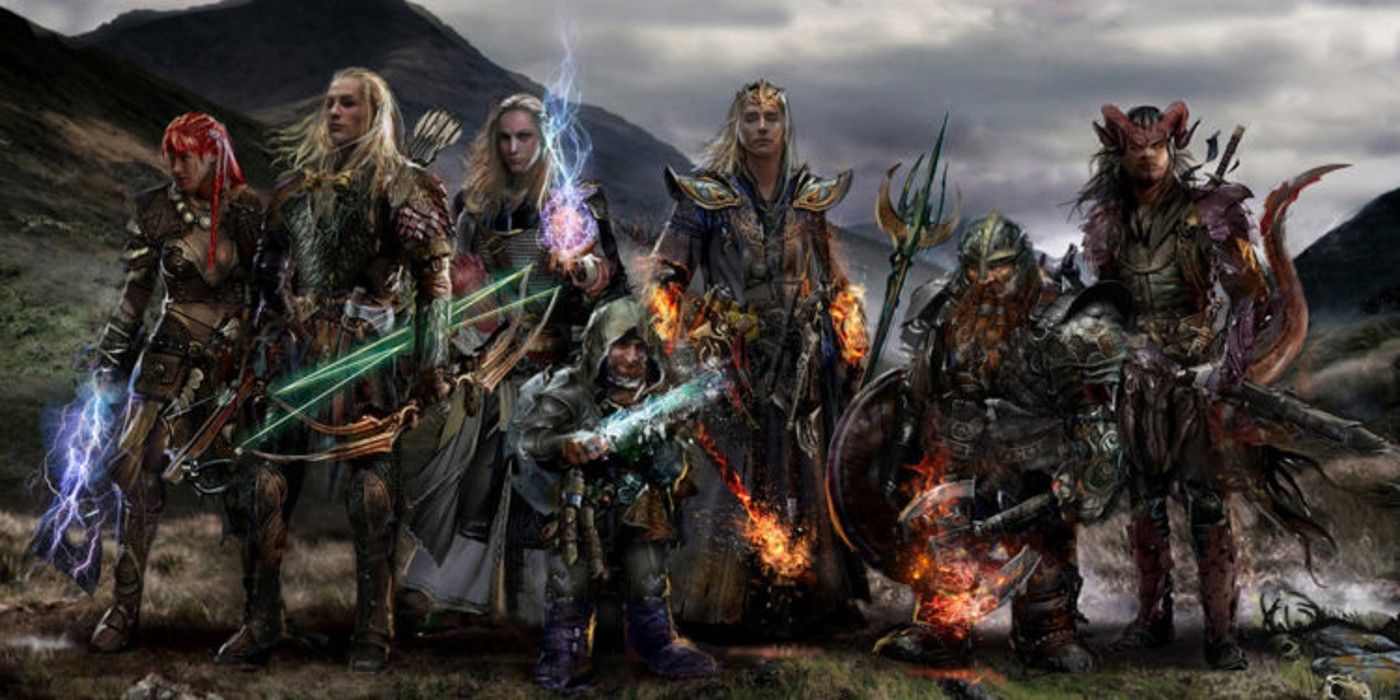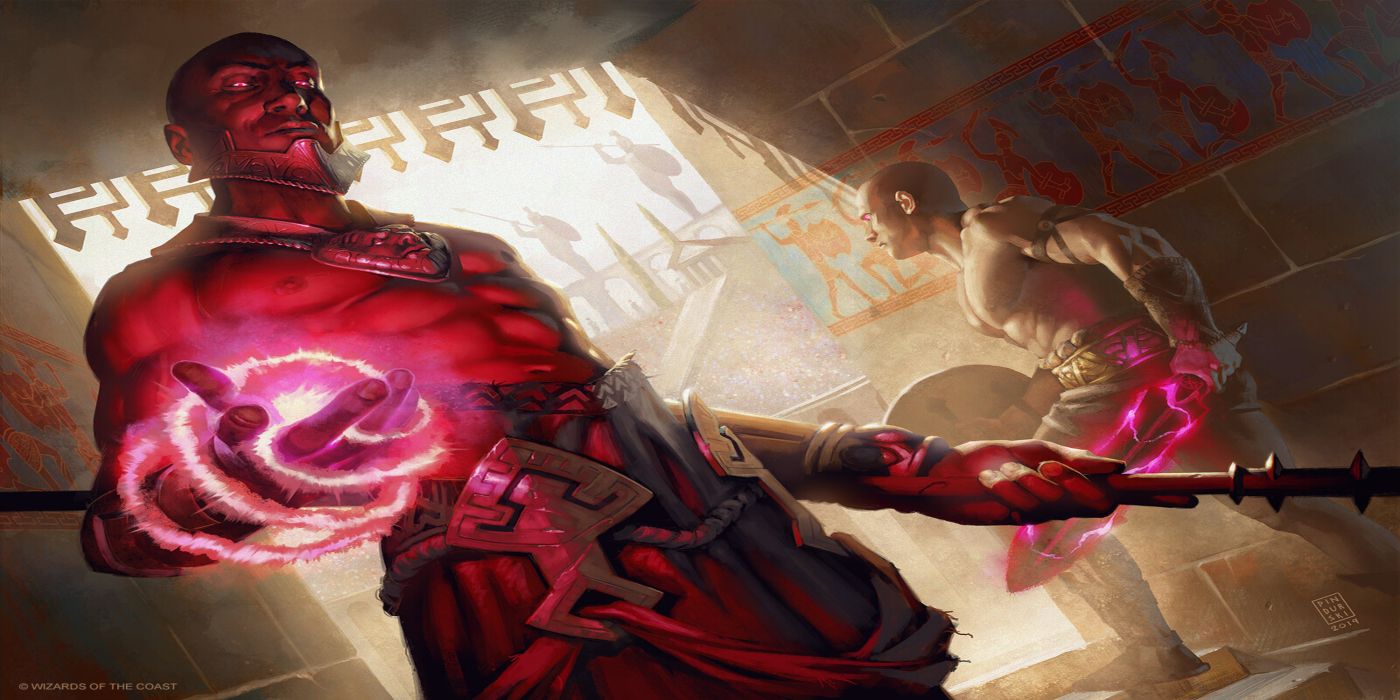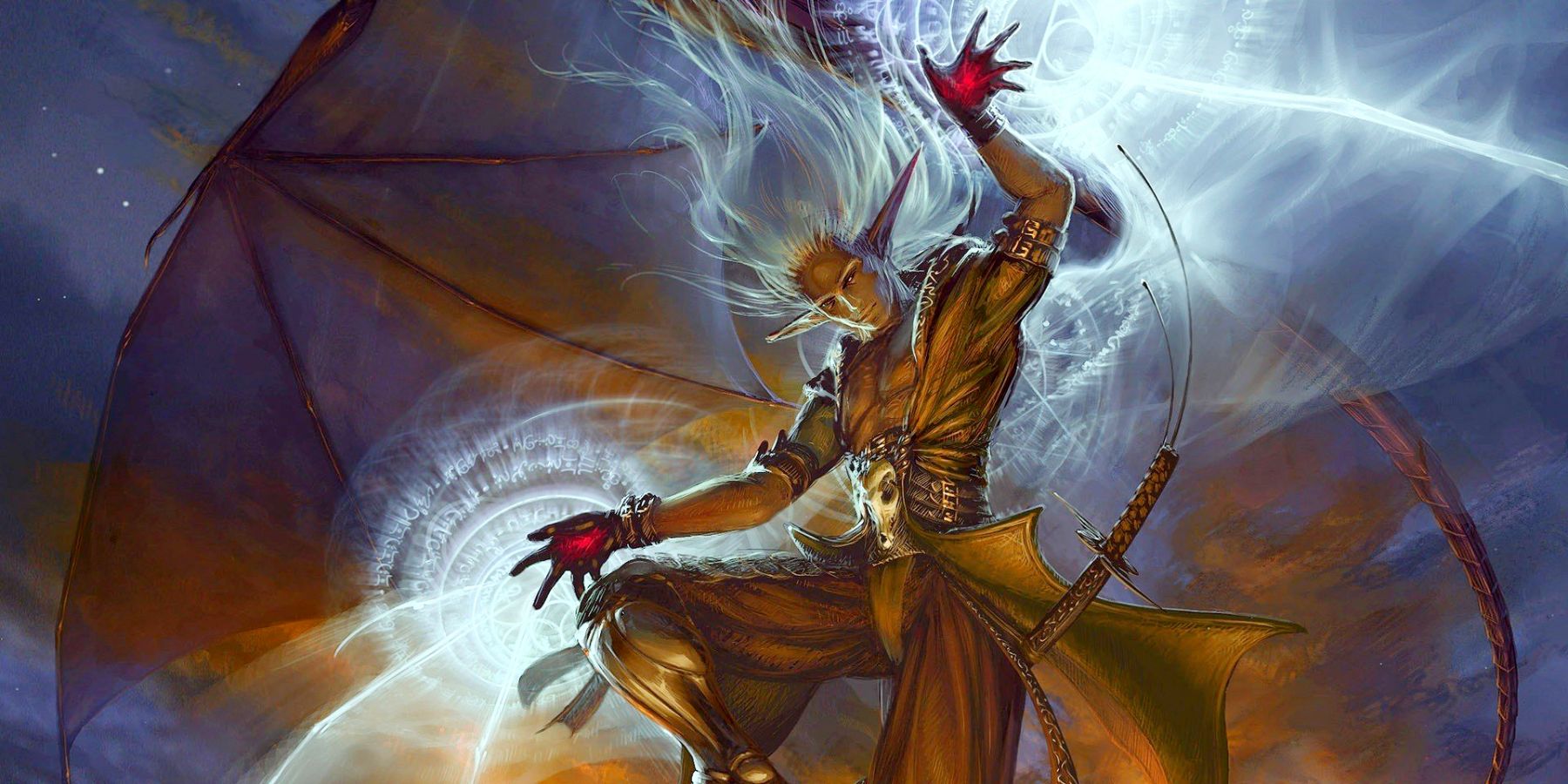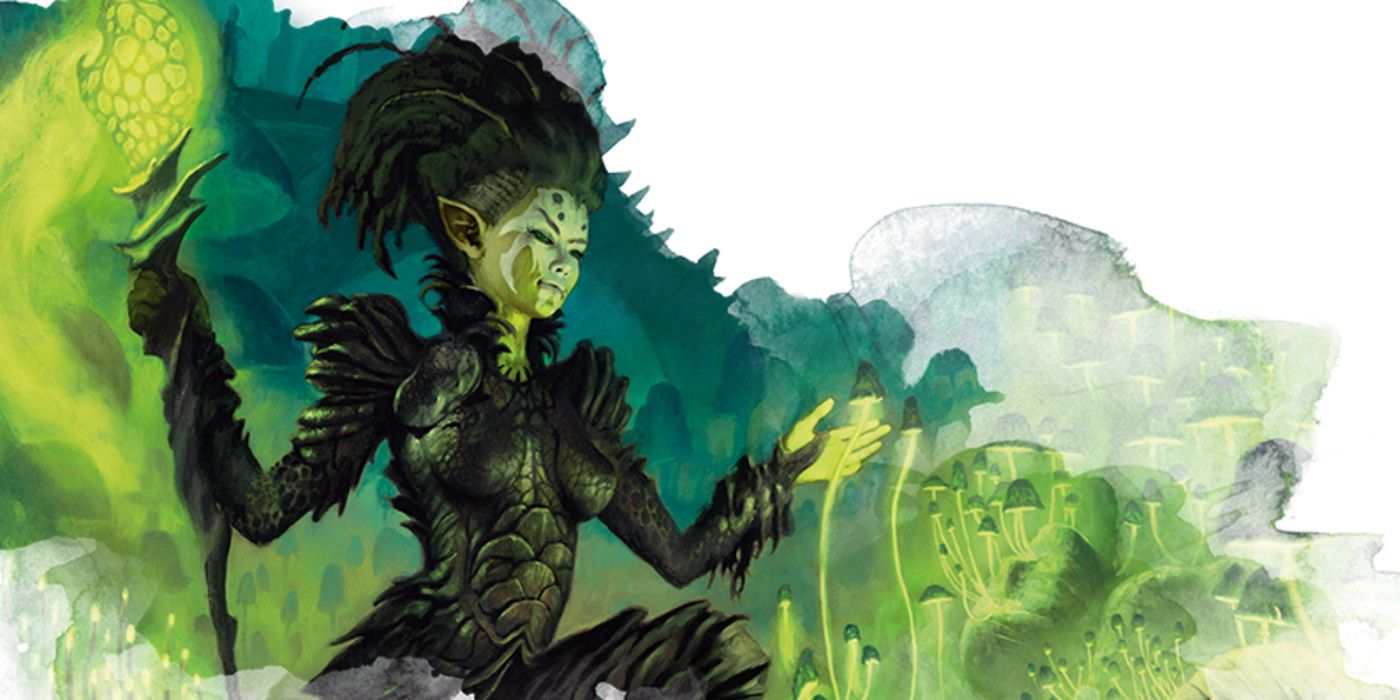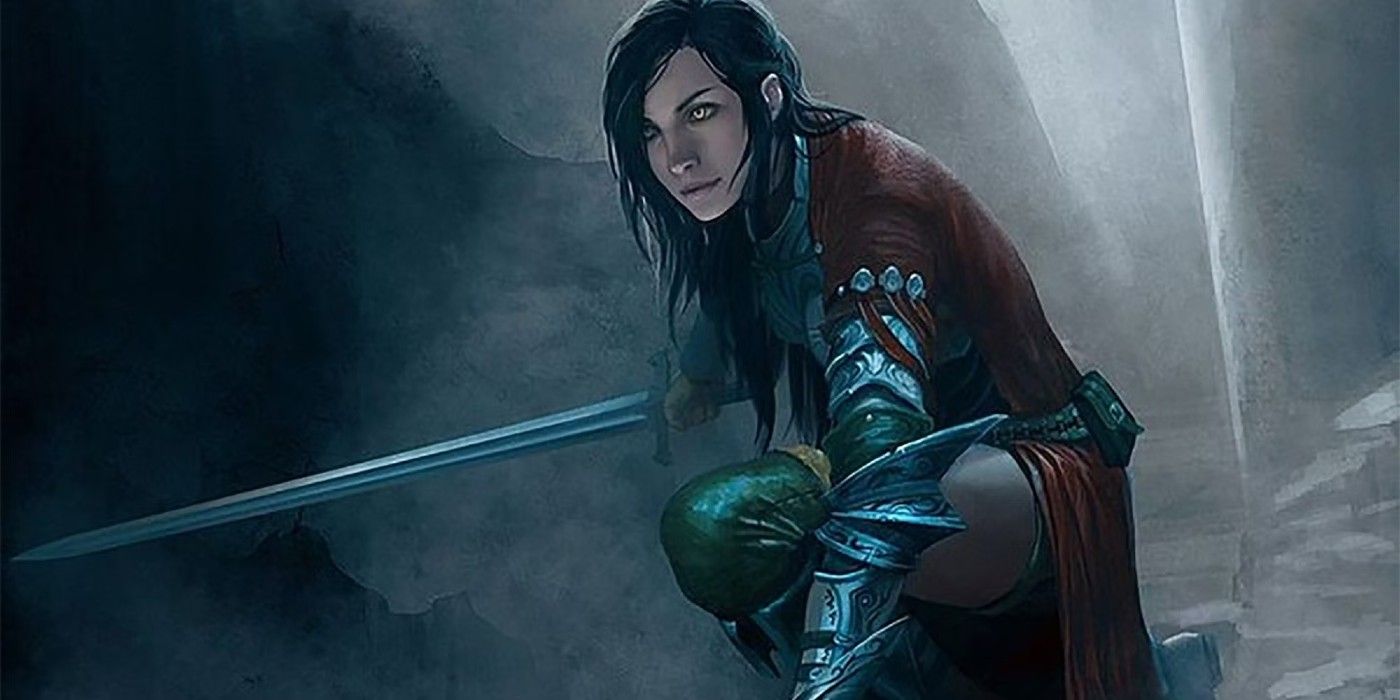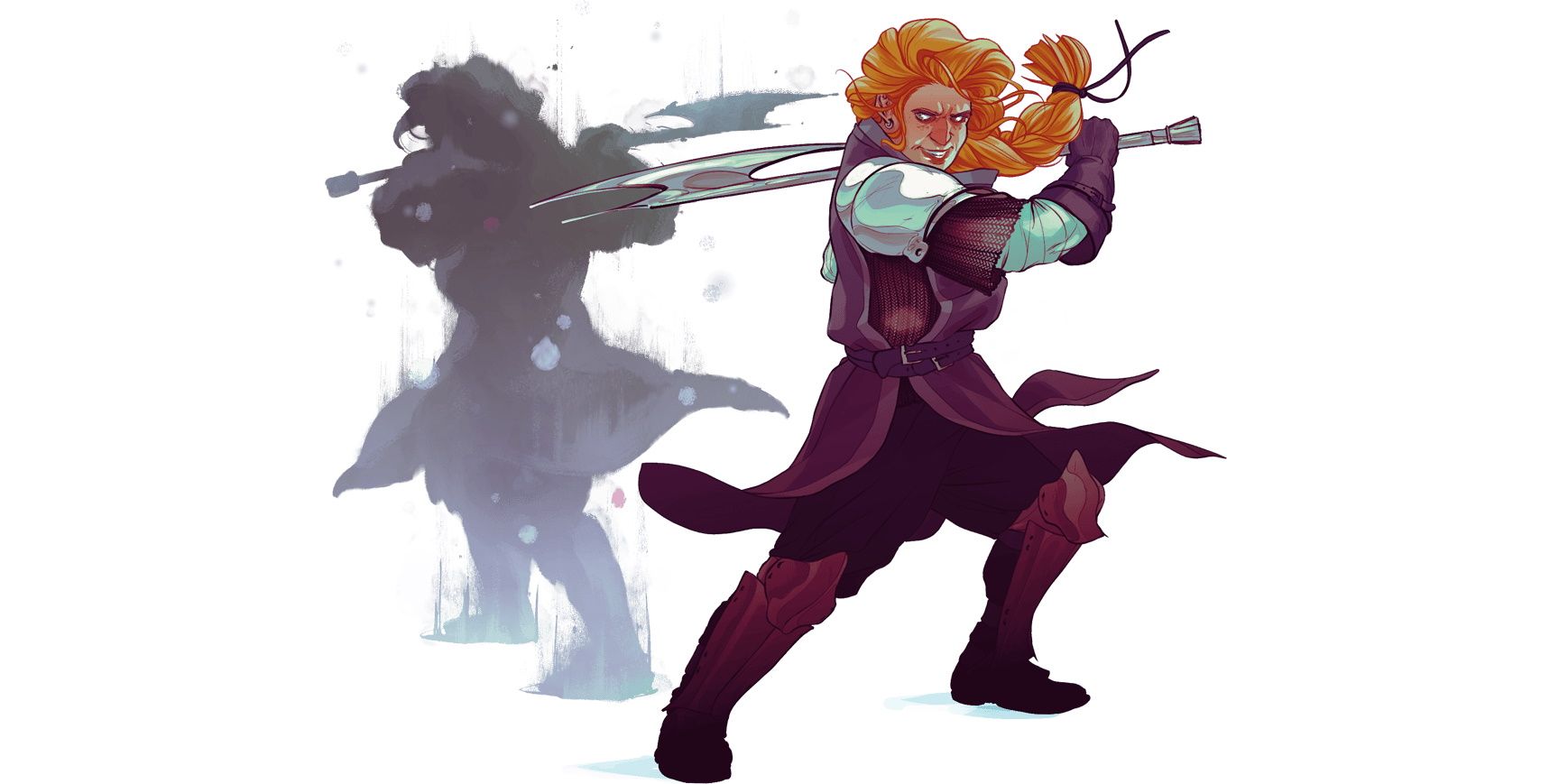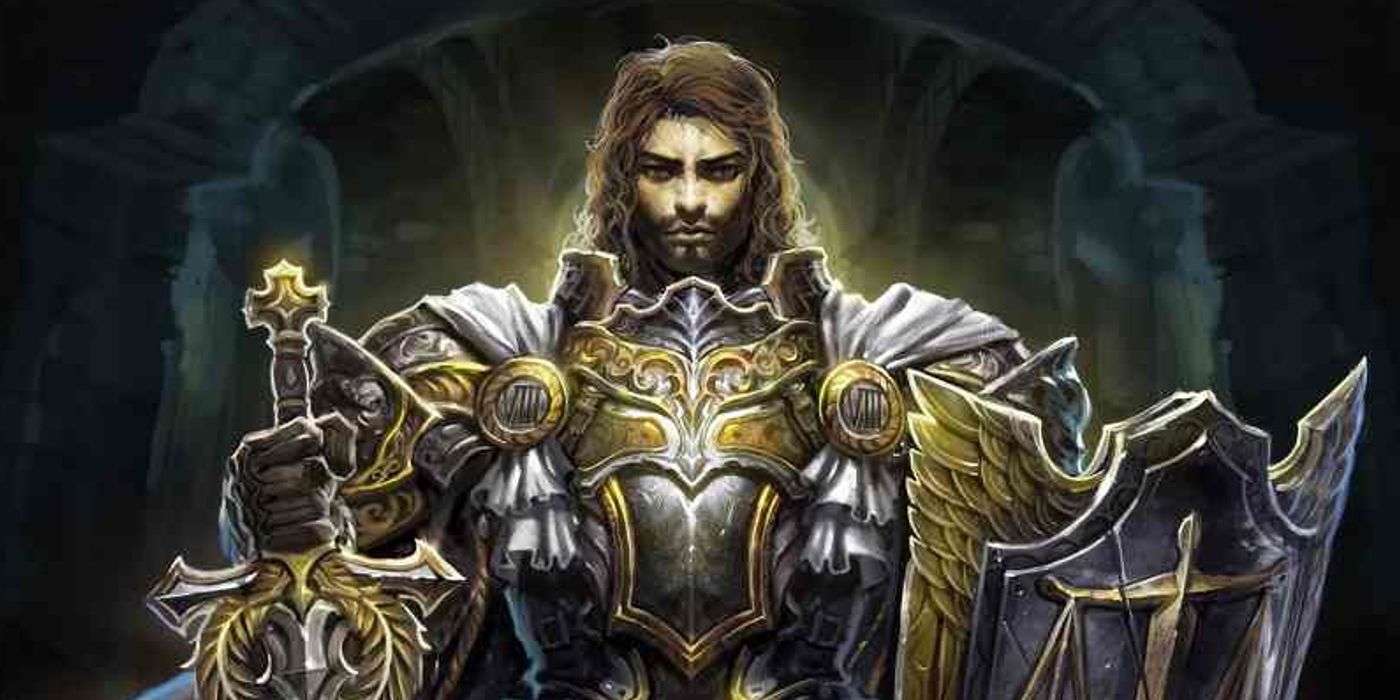For those Dungeons & Dragons players who have played with the same character for a long time, things can get pretty stale doing the same thing every session, but fortunately, there are ways to revitalize that character with subclasses. While Dungeon Masters can prohibit changing subclasses, it is usually a safe option for those looking to change up their character without replacing them entirely. This makes subclasses a very viable method to reinvigorate characters longtime players are bored with.
Subclasses are D&D 5e's way of customizing an individual character class by offering unique gameplay mechanics. While changing one's subclass is not difficult, it is up to the DM to see if they will allow it. As some subclasses are hated by DMs for beaking combat, this should not be a shock. Nevertheless, changing a subclass is an easy way to change things up while still respecting the player class's role. Every character class in D&D 5e has multiple subclasses to choose from, some of them offering up drastically different playstyles than what their base classes are typically known for.
While not every class can be featured below, these are some of the most interesting subclasses that either offer completely new experiences from their base class or can change the way the game is played every time they are used. These D&D 5e subclasses have the most to offer a player bored with their current character by changing how they think about how to play.
D&D's Path of Wild Magic Barbarian Subclass Unites Rage & Spells
A subclass from Tasha's Cauldron of Everything, the wild magic barbarian is an interesting hybrid of magic and melee, things usually incompatible with each other. There are many unique barbarian character ideas in D&D, and wild magic can complement one's character well. The major gimmick with this subclass is that the barbarian, when raging, opens themselves up to wild magic, forcing the player to roll on a table for random magical effects. What is interesting about these effects is that they functionally allow the barbarian to cast spells while raging, which is not usually possible. What's more is that these spells use Constitution as the spellcasting ability, permitting the barbarian to build as a barbarian while still being effective. On top of that, the wild magic barbarian offers utility to other spellcasting classes, creating a very unique subclass that plays like no other barbarian, without necessarily being overpowered like D&D's polearm barbarian.
Wild Magic Sorcerer Subclass Lets RNG Decide A D&D Party's Fate
In a similar vein to the wild magic barbarian, the wild magic sorcerer also opens up to the chaotic power of wild magic. Originally in the Player's Handbook, the wild magic sorcerer may roll on a table of random effects. However, unlike the wild magic barbarian, these effects can be either beneficial or very dangerous. Some of these wild magic effects are innocuous, changing the player character's hair color or turning them into a plant, but some can be outright deadly.
That isn't to say that wild magic is not without uses, there are many powerful effects that can occur that easily make the wild magic sorcerer one of the most powerful magic classes in the game. Wild Magic can change a D&D game pretty easily due to its wide arrange of effects. Wild magic sorcerer is a great option for a player that wants to live dangerously and subject themselves and their allies to the whim of RNG.
Circle Of Spores Druid D&D Subclass Has Power Over Death
This druid subclass twists the life-bringing power of druidic magic, turning it into a death-dealing necromancer class instead. Appearing in Tasha's Cauldron of Everything, the circle of spores druid hosts deadly necrotic spores within their body that can attack at a whim and be used to animate the dead. Additionally, this subclass grants access to iconic necromancer spells, including animate dead, that allow the druid to take on the role of a powerful controller of undead armies. While not the most powerful subclass for a druid, it certainly changes things up from the intriguing and original D&D druid archetype.
Manipulate D&D Enemies As A College Of Whispers Bard
A subclass best suited for players inclined to partake in more villainous activities, the college of whispers bard brings a dark edge to an otherwise whimsical class. Appearing in Xanathar's Guide to Everything, this bard is a master manipulator and can sow paranoia in the minds of their enemies. Just by talking, the bard can charm and terrify enemies into doing their bidding. Additionally, they can use their bardic inspiration to layer additional psychic damage onto their weapon strikes, much like a paladin. However, their most interesting ability is also their darkest and makes the college of whispers bard perfect for bloodthirsty, evil Dungeons & Dragons parties. When an enemy dies around the College of Whispers Bard, the bard can magically assume their identity and appearance for an hour, allowing the bard to infiltrate an organization while wearing the skin of a dead enemy. The darkness of this subclass clashes strongly with the other bard subclasses and is a very unique take on the class.
Be In Two Places At Once As D&D's Echo Knight Fighter
Appearing in the Explorer's Guide to Wildemount, the echo knight subclass turns the fighter into a multidimensional warrior with high mobility and free access to teleportation. This subclass relies on manifesting echoes of your player character from another timeline which appear as ghostly images.
These images can attack, protect others, and be swapped to, providing a rudimentary form of teleportation for fighters that otherwise must use the eldritch knight to access. Creatively, a DM could use this to warn about TPKs, using their nature as visions from an alternate timeline. The mobility created by this subclass allows the fighter unparalleled access to more places than ever before, allowing them to approach combat and encounters in new ways.
Dispense Punishment With Oath Of Redemption Paladin Subclass
The oath of redemption paladin, first seen in Xanathar's Guide to Everything, is a master of protection and excels in transferring damage from allies to itself. However, what is unique about the oath of redemption is that it relies on foes attacking the player and their allies to maximize its damage. Befitting a person of peace, the oath of redemption can turn foes' damage back on them, dealing to them what they dish out as a taste of their own medicine. Therefore, the paladin can only maximize damage if the enemy chooses to fight them. This can offer a unique angle to take a paladin and is a perfect subclass for DMs who love to roleplay.
All in all, there is plenty of ways to play D&D, and finding a new character to play with is always a viable solution to mixing things up. However, some players grow attached to their characters and simply look to freshen up their gameplay with a new combat strategy or tactic. These Dungeons & Dragons subclasses let players do just that to spice up how they approach the game.

